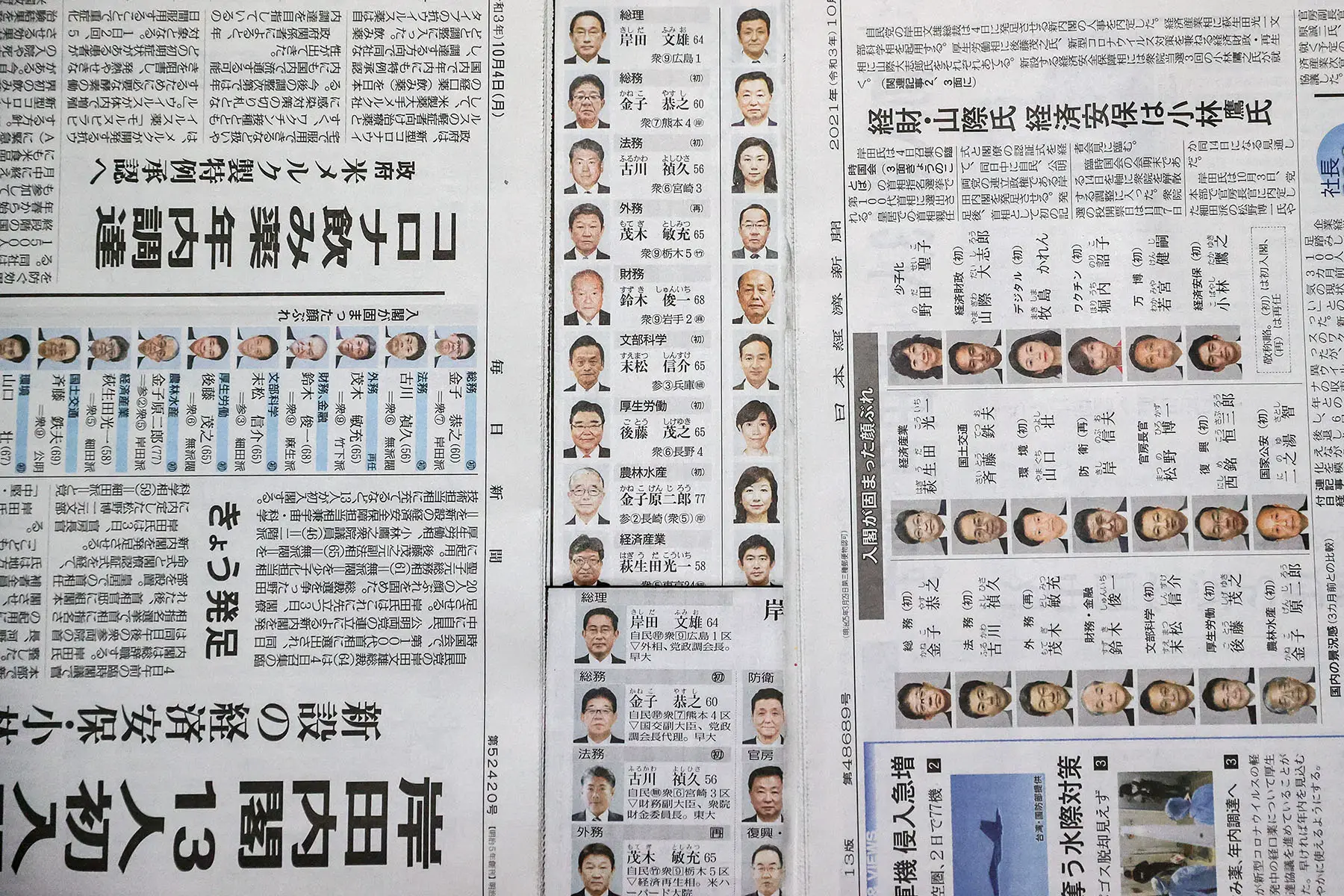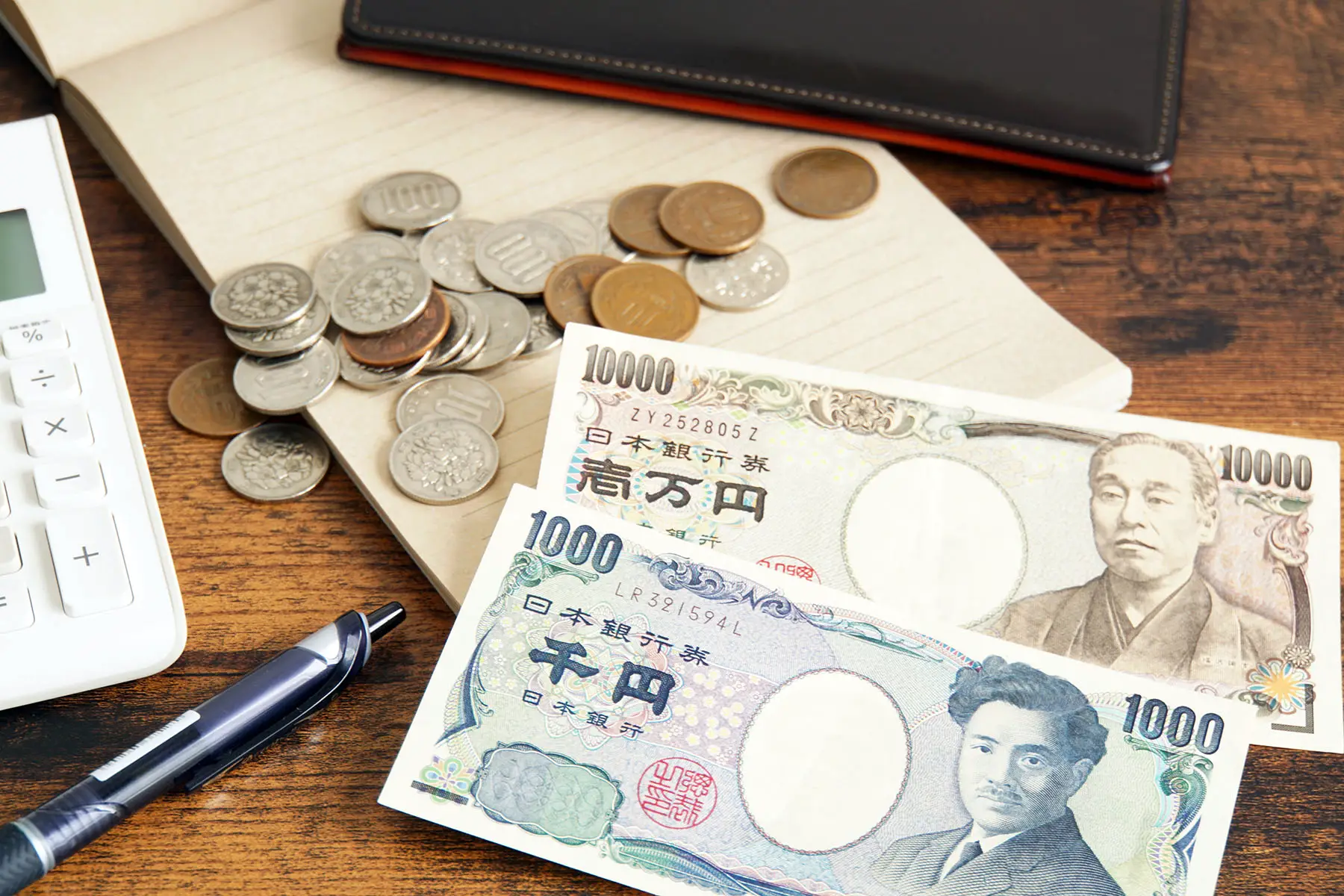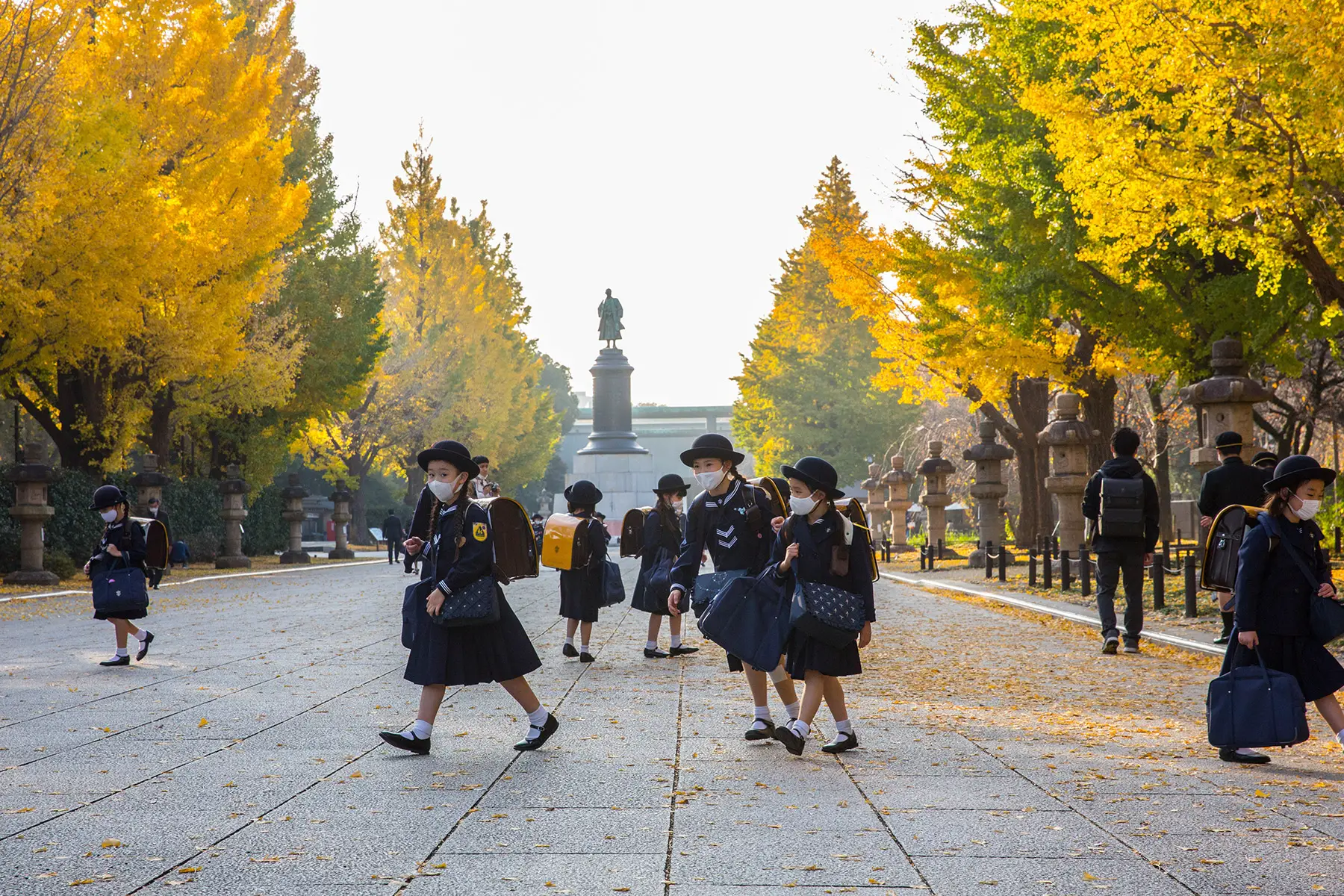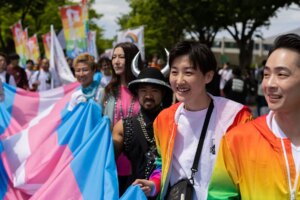Women in Japan have the same general human rights protections as their male counterparts. However, traditional gender-biased norms still prevail which have affected women’s position in Japanese society, particularly when it comes to business and employment.
Here is an overview of what to expect when it comes to women’s rights in Japan, with sections on:
- Women’s rights and gender equality in Japan
- Attitudes towards women in Japan
- Laws on harmful practices in Japan
- Women’s political rights in Japan
- Women’s economic rights in Japan
- Women’s health and reproductive rights in Japan
- Women’s education rights in Japan
- Women’s freedom from violence in Japan
- Family and divorce laws in Japan
- Breastfeeding laws in Japan
- Women in the Japanese media
- Feminism in Japan
- Women’s rights organizations in Japan
- Useful resources
Ground News
Get every side of the story with Ground News, the biggest source for breaking news around the world. This news aggregator lets you compare reporting on the same stories. Use data-driven media bias ratings to uncover political leanings and get the full picture. Stay informed on stories that matter with Ground News.
Women’s rights and gender equality in Japan
Women in Japan have equal civil rights as citizens thanks to the 1947 Japanese Constitution (日本国憲法) which outlaws gender-based discrimination.
In addition to this, the country is a signatory to the UN Convention on the Elimination of All Forms of Discrimination Against Women and has passed laws granting women’s rights in areas such as divorce (離婚), abortion (中絶), and property ownership.

However, this has not translated into gender equality in Japan, and women still face many disadvantages in many key areas, including in the workplace.
Japan ranks 116 out of 146 nations on the World Economic Forum’s 2022 Global Gender Gap Report (GGGR), which is shocking for a country with the third-highest gross domestic product (GDP) in the world.
Reasons for this include enduring norms and stereotypes surrounding the role of women in society. For example, women do 3.6 times more housework than men (link in Japanese), as a large part of society still views women primarily as homemakers. That said, this mindset is changing among younger couples who share domestic duties equally.
Notably, the government of Japan has set up the Gender Equality Bureau (男女共同参画局) to try and improve the situation in many areas, including getting more women into leadership roles.
Attitudes towards women in Japan
One of the reasons cited for Japan’s limited progress with gender equality is societal attitudes towards women.
Prior to WWII, they had a very subordinated role in Japanese society. Although things have changed, the traditional view that women are primarily homemakers and child-rearers whose role is to support their husbands remains commonplace. For example, women in Japan still spend nearly five times as much time (15.1%) on unpaid care and domestic work as men (3.1%). Nonetheless, as current social discourse questions these gender roles, they are slowly changing.

A 2020 IPSOS study found that cultural, institutional, and societal factors greatly influence gender equality in Japan. Only 36% of study participants (41% among females) saw achieving gender equality as important.
Moreover, women are rarely viewed as leaders. Japan’s monarchy also remains male-only and only 4% of Japanese workers in large companies are comfortable with a female CEO or boss, according to a 2018 leadership study.
Gender stereotypes
Stereotypes also endure surrounding women’s appearance in Japan, with pressure on them to look feminine, respectful, and serene. Japan’s cosmetics industry is worth around $38 billion a year, which is the third-largest worldwide. Customarily, many workplaces still have dress codes in place with a preference for women to wear high heels, although it is not mandatory.
Sexist attitudes and language in Japan are also common, even at the highest level. In fact, prior to the 2020 Tokyo Olympics, two chiefs had to quit following remarks concerning body shaming and women talking too much.
Japan’s governing Liberal Democratic Party (LDP) (自由民主党) has also been criticized for expecting women to be silent at key meetings. Those from minority groups may experience even more discrimination.
In addition to setting up the Gender Equality Bureau (男女共同参画局), the Japanese government has introduced measures in recent years to tackle gender imbalances. However, these have mostly been around redressing workplace inequalities rather than tackling public attitudes towards women.
Laws on harmful practices in Japan
Japan’s constitution offers protection to women against certain forms of human rights abuses such as slavery and forced marriage. While there are no specific laws against female genital mutilation (FGM), there are also no recorded incidences of this in Japan.
Japan’s Civil Code raised the legal marriage age for females from 16 to 18 in 2022. The country has also made various global commitments to end child, early, and forced marriage by 2030, in line with the United Nations’ (UN) Sustainable Development Goals (SDG). The Japan International Cooperation Agency (JICA – 国際協力機構) also works with other agencies to end child marriage in countries worldwide.
There is continuing evidence of sex trafficking and sexual exploitation in Japan. The government has set up an Action Plan to combat trafficking and has made moves including strengthening the Labor Standards Act (労働基準法) to criminalize forced labor and tighten child abuse laws. However, despite this, the US government ranks Japan as a Tier 2 country in its 2022 Human Trafficking Report. This means the country still doesn’t meet minimum standards despite making efforts to do so.
Women’s political rights in Japan
Voting rights for women
Women’s suffrage in Japan was finally achieved with the 1947 Constitution which granted equal voting rights between the sexes. This was the culmination of a long-fought battle for female political rights which began in the late 19th century.

Women in Japan won the right to attend political meetings in 1921 and the Women’s Suffrage League began in 1924, the same year that all men gained the right to vote.
Japanese women in power
Although women have full voting rights in Japan, they lag behind much of the world when it comes to political representation. Japan ranked 166th globally for women MPs in April 2023.
Despite high educational attainment and workplace participation rates for Japanese women, they make up only:
- 10% of members of the House of Representatives (lower chamber)
- 25.8% of members of the House of Councillors (upper chamber)
- 10% of cabinet ministers
- 14.3% of local government representatives
In addition to this, there has never been a female Japanese Prime Minister.
To try and combat these inequalities, the Japanese government has created initiatives through the Gender Equality Bureau and passed a 2018 Act on Promotion of Gender Equality in the Political Field (政治分野における男女共同参画の推進に関する法律). However, this is limited to promoting equality among a selection of candidates rather than making it a legal requirement.

Reasons for the low political participation among women include childcare laws which continue to make it difficult for women to balance a career with motherhood and the male-dominated culture that exists in Japanese politics. For example, 57.6% of female assembly members report experiencing sexual harassment from voters or colleagues.
Women’s economic rights in Japan
Employment rights
Women have equal employment rights in Japan in terms of the right to work. However, the country ranks a lowly 117th on the GGGR (2022) for women’s economic participation and opportunity.
Although women make up 44.6% of Japan’s workforce (2021), around 70% do part-time or informal work (非正規雇用) that they fit in around other responsibilities.
The gender pay gap in Japan is 22.1%, which is nearly double the Organization for Economic Cooperation and Development (OECD) average of 11.7%. Women make up 13.3% of senior and managerial positions and only 12.6% of board members in Japan. They are also underrepresented in scientific, academic, and professional jobs despite high female educational results.
Pregnant women currently get 14 weeks of maternity leave (産前・産後休業) at around 66% of pay. Men get four weeks at around 80% of pay.
Japanese labor laws provide protections during pregnancy. An employer cannot fire a woman during maternity leave or within 30 days after returning to work unless there is a good reason, for example, she has committed a serious disciplinary breach. However, the lack of affordable childcare in Japan means that new mothers often struggle to juggle work and home responsibilities.
Women in business
As with paid employment, women face no legal barriers when it comes to setting up their own businesses or working as a freelancer. However, the same less formal restrictions apply; in particular, the problems with work-life balance, as self-employed and business owners typically work longer hours.
Women make up nearly half of the overall Japanese workforce but only around one-third of entrepreneurs.
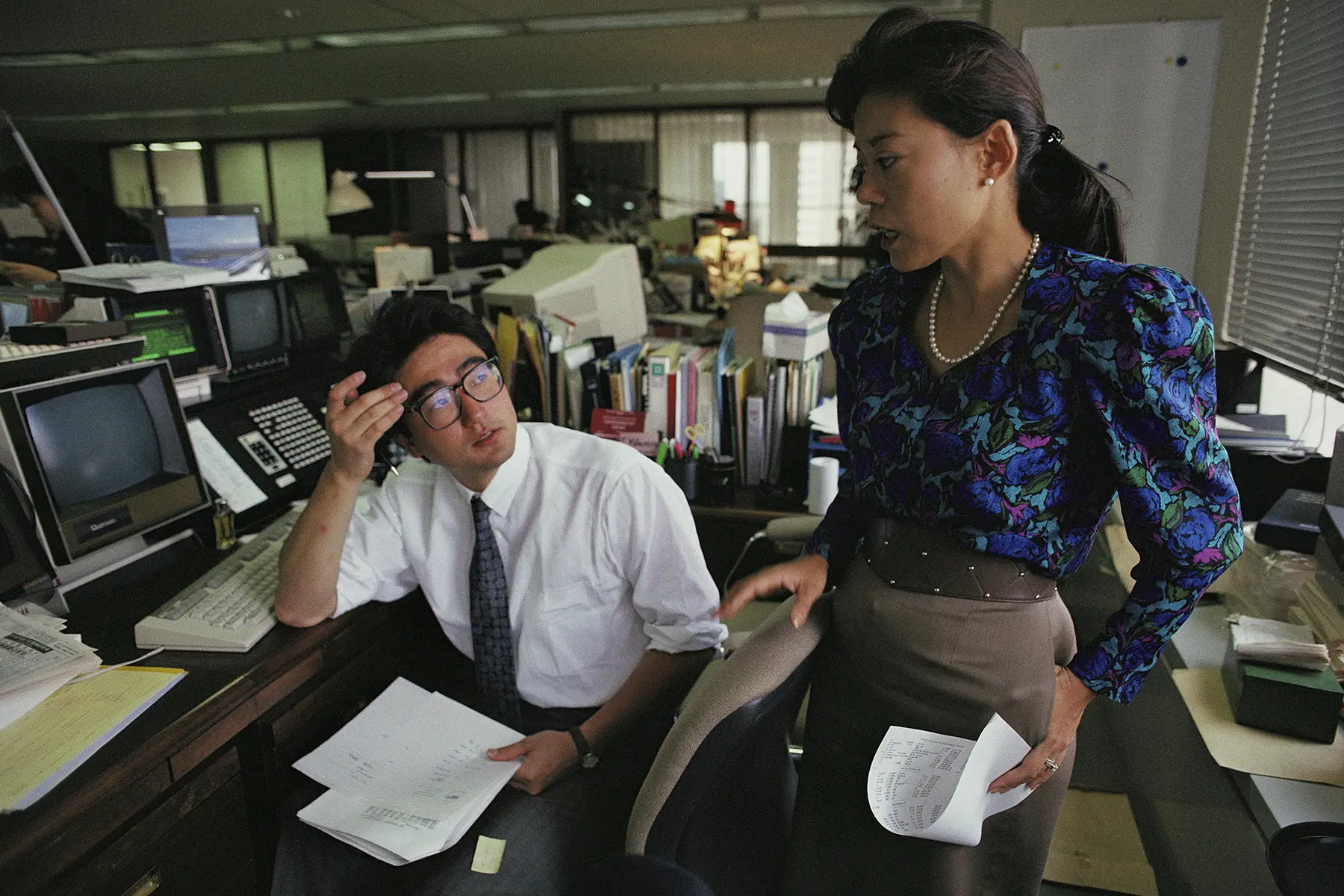
Support organizations and networks to help female entrepreneurs, professionals, and business leaders in Japan include:
- ASEAN-Japan Women Entrepreneurship Linkage Program
- DBJ Women Entrepreneurs Center
- Femmes Actives Japon (in French)
- Japan Women’s Leadership Initiative (JWLI)
- Startup Lady Japan
Financial and property rights
According to the GGGR, women have equal inheritance rights and near-equal property and financial rights to men in Japan. There are no legal barriers to Japanese women opening a bank account, getting a mortgage, or having their own pension.
However, once again there are large inequalities in outcomes when it comes to women’s overall financial position in Japan. The GGGR ranks Japan 100th out of 146 nations when it comes to estimated overall income, with women’s earnings in Japan only 56.6% that of men’s (2022).
Women’s health and reproductive rights in Japan
Women in Japan have the right to public healthcare, and the national public health insurance (国民健康保険) scheme covers around 70% of costs for women’s healthcare services.
This includes gynecological checkups, specialist treatments, sexual healthcare, some mental healthcare, and IVF treatments. However, there are limited mental health services that deal specifically with gender-based mental health issues.

Notably, public health vouchers cover maternity costs instead of insurance. Abortion has been legal since 1948, however, it usually requires spousal consent for married women and health insurance doesn’t cover costs.
Health insurance generally does not cover contraception, cancer screenings, and menstrual health products. However, some local authorities run free or discounted schemes offering these products and services. You can also choose to take out private health insurance to access any treatments not included and to cover unmet costs.
The GGGR ranks Japan 63rd globally for women’s health, scoring the country highly for general health outcomes, but marking it down for uneven rights in reproductive autonomy.
Japan’s maternal mortality rate of 5 deaths per 100,000 births is well below the OECD average and it also has one of the lowest teen pregnancy rates in the world.
Women’s education rights in Japan
The Japanese Constitution gives women equal educational rights and academic freedom to men. This includes the right to primary, secondary, and tertiary education.
Japan ranks 1st globally for educational attainment on the GGGR (2022) with full enrolment for primary and secondary education. In terms of higher learning, 46.8% of women in Japan are graduates compared with 58.1% of men. However, there have been reports of incidences where some medical universities manipulated entrance exam results in favor of male candidates.
Women are more likely to study degrees in arts, humanities, education, health, and welfare, but make up only 15.7% of engineering and 27.8% of science graduates.
Japan falls behind when it comes to the number of female academics. Women make up only 13.2% of university heads, 17% of university staff, and 30% of professors. This is below the OECD average of 42% female academic staff and matches similar inequalities for senior management roles and political positions.
Women’s freedom from violence in Japan
Although there are laws against violence towards women and the constitution also includes the right to freedom from violence, incidents still occur in Japan. However, levels of violence towards women in Japan are generally below global averages. Around 3 women per million are killed in Japan in homicidal attacks, below the global average of 20.
According to UN data, 3.9% of women reported experiencing violence from a partner in the last 12 months (2018 figures). Gender Equality Bureau figures (2021) show that 6.9% of women in Japan have experienced forced sexual intercourse.
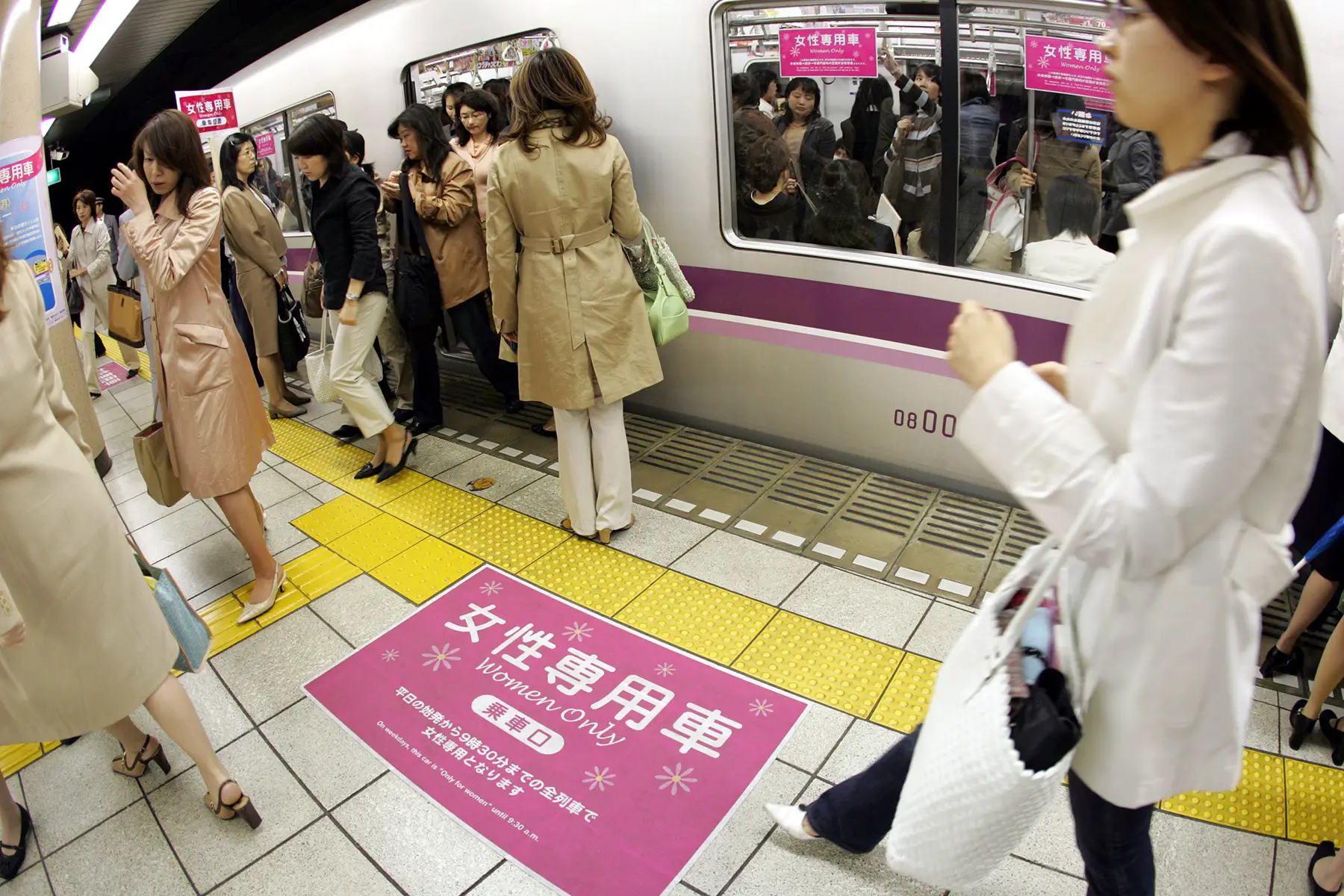
Additional figures show that around one-third of women in Japan have experienced sexual harassment in the workplace while the National Police Agency (NPA – 警察庁) received the highest number of domestic violence reports for two decades in 2021.
Japan recently updated its sexual assault laws to broaden the definition of rape and increase sentences, but laws against non-consensual sex are still weak. Women need to prove that they actively resisted the assault to bring about a rape charge. Because of this, there are still low percentages of women who report abuse to the police.
Japan’s Penal Code (刑法) gives details of punishment for violent attacks on women. For violent sexual assault causing either death or injury, the minimum prison sentence is currently six years.
In addition to using the standard emergency numbers to report violence, you can call #8891 for support regarding sexual violence or sexual crime in Japan and 0120-279-889 for domestic violence support. See the full list of numbers in Japan.
Family and divorce laws in Japan
Women in Japan have freedom in marriage and equal property rights in marriage and divorce. The law was recently changed to increase the legal marriage age for women from 16 to 18, bringing it in line with the male age.
The 1947 Constitution gave women full divorce rights. Couples in Japan can divorce by mutual agreement through their local ward office, or through the family courts which is more expensive and time-consuming.
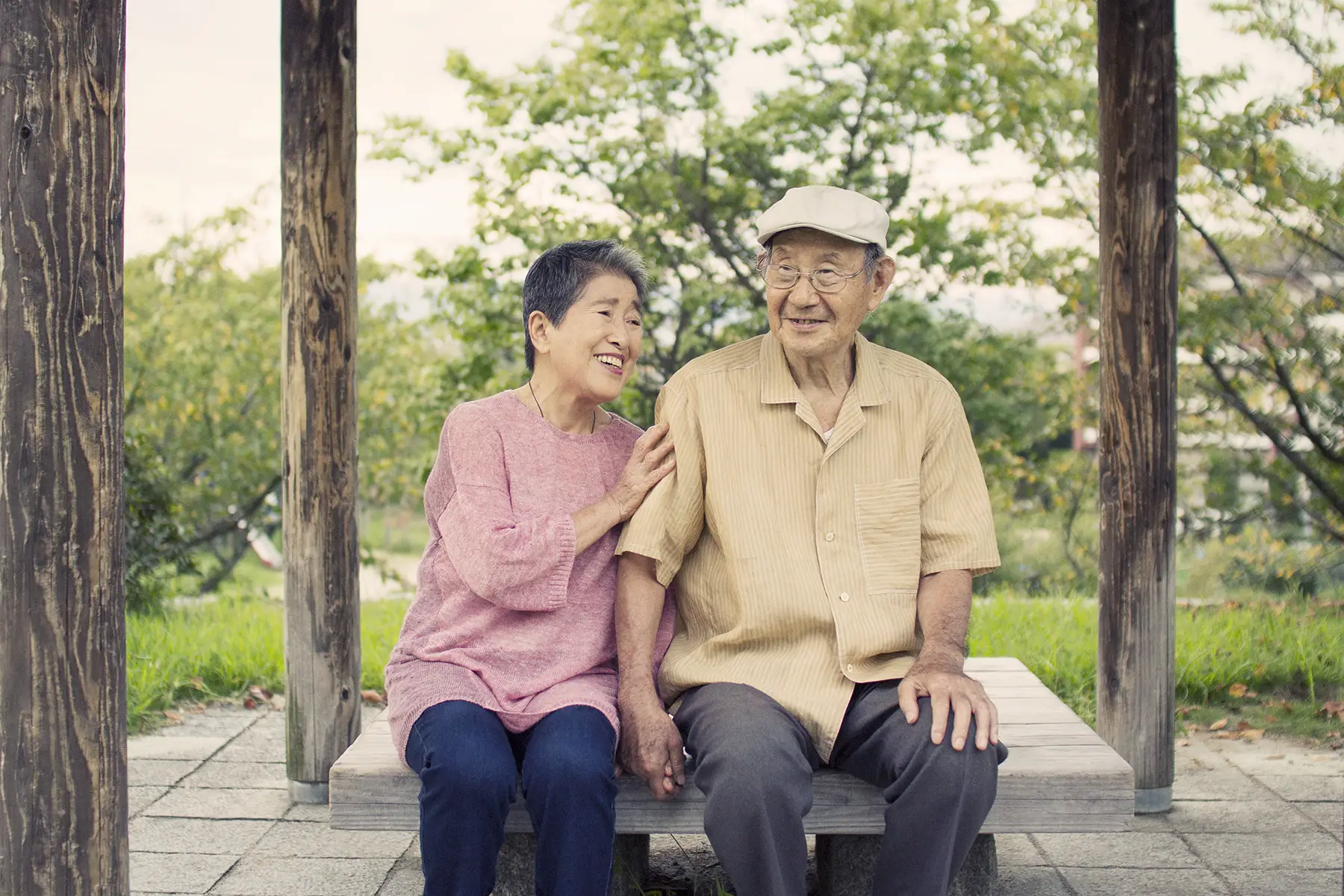
In 2022, the Japanese government voted to scrap a 19th-century clause in the Civil Code (民法, minpo) which meant women could not remarry within 100 days of getting a divorce. This had previously been reduced from six months in 2015. The repealed clause also gave ex-husbands automatic paternity rights to any children born within 300 days of a divorce.
Under the new law, ex-husbands will get paternity rights if the mother is not remarried at the time of the child’s birth. However, new husbands now have the legal right to be recognized as the father if the mother remarries before the birth.
Under current laws, all married couples in Japan must have the same surname. Currently, around 96% of Japanese wives take their husband’s surname in marriage. Forced marriages are not allowed in Japan. Arranged marriages (お見合い結婚 omiai kekkon) used to be common but now occur rarely.
Breastfeeding laws in Japan
Breastfeeding (母乳育児) is common in Japan. It is supported by the public and advised by healthcare professionals in line with World Health Organization (WHO) recommendations.
There is no UNICEF data on breastfeeding rates in Japan but research in the International Breastfeeding Journal has found that 95% of babies in Japan are breastfed for at least some time and/or in combination with formula.
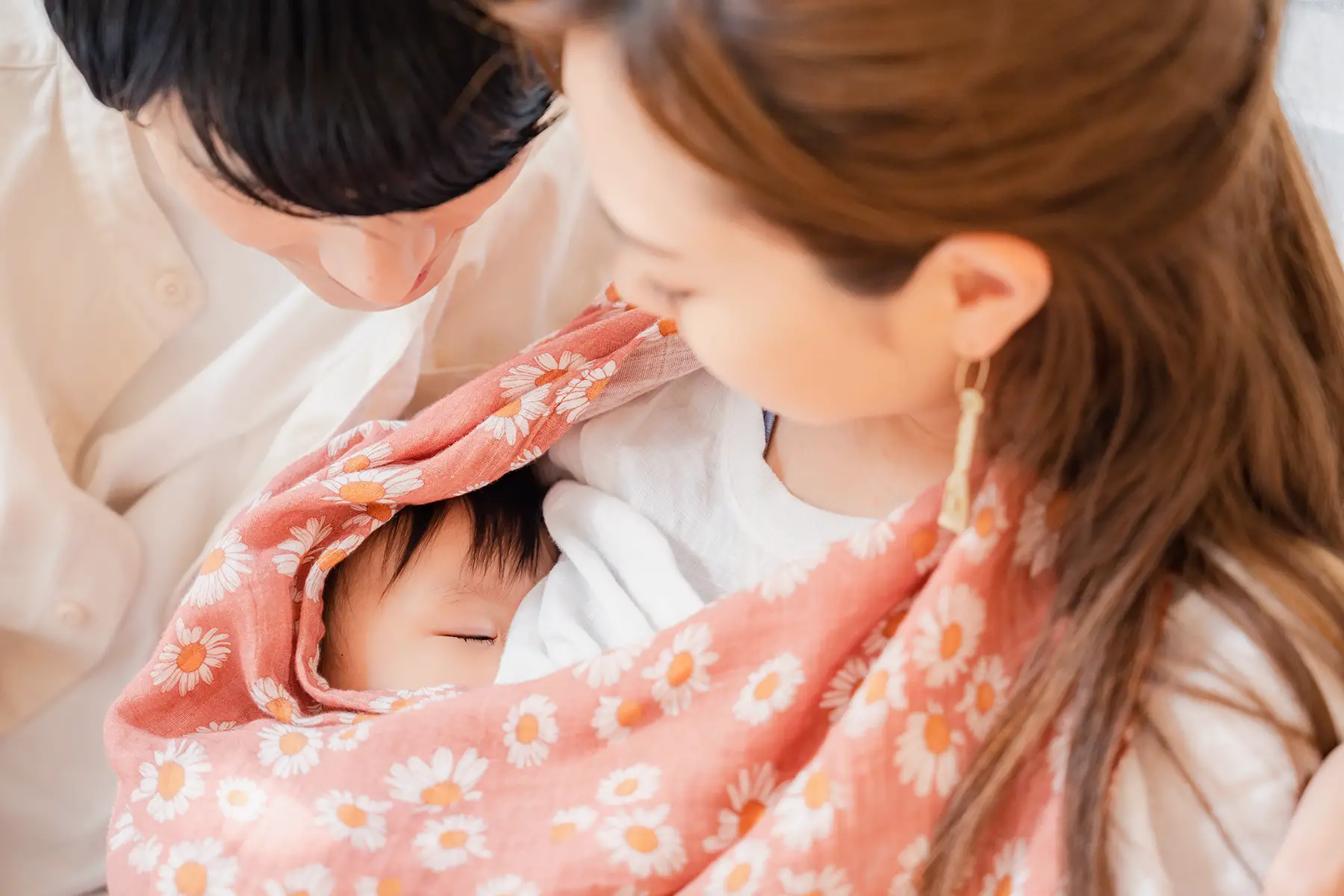
Breastfeeding in public is allowed in Japan although it is not common and perceptions and attitudes can vary across the country. Many public spaces such as shopping centers, restaurants, and train stations have nursing rooms that provide new mothers with private space to breastfeed.
Japanese labor laws allow women returning from maternity leave to have additional breaks during the working day which they can use for breastfeeding if they choose.
Women in the Japanese media
According to the 2020 Global Media Monitoring Project (GMMP), women’s underrepresentation in Japanese media reflects the country’s below-par position in the GGGR.
Research by the GMMP found that:
- Women have an overall presence of 20% in TV/newspaper media and 18% in Internet/Twitter media (reduced to 8% and 6% for political news)
- 20% of newspaper stories and 41% of broadcast news stories are by female news reporters
- Women make up 25.3% of staff in TV newsrooms
These figures are below global averages and the numbers for the previous GMMP report on Japan (2015). The 2020 report also found that there needs to be more women in decision-making roles, which in turn means a distinct lack of focus on gender-related topics in the Japanese news.
Furthermore, mainstream media tend to feature more male than female experts in their broadcasts. Notably, while negative stereotypical portrayals of women in Japanese media are becoming less commonplace, but they still exist.
Other research in 2021 found that 65% of Japanese women don’t feel represented in media and advertising, compared to the 54% global average.
Representation in arts and sports
Women continue to be underrepresented in arts and culture in Japan. Only 12% of Japanese films released in 2021 were directed by women.
Things look slightly better in the music industry. Analysis of the four biggest Japanese music festivals in 2019 showed that 35% of acts on the bills were female or mixed artists, compared to 30% female/mixed at US festivals in 2018. The American non-profit Women in Music set up a division in Japan in 2019 to help promote equality in the Japanese music industry.

When it comes to sports, the Japanese media were criticized for gender bias in its coverage and portrayal of athletes at the Tokyo Olympics. Research has shown that, despite the Japan Sports Agency (JSA) guidelines that sports governing bodies should have at least 40% female directors, women occupied only 16.6% of positions in 2021.
Studies by the JSA itself in 2017 found that women have much less involvement in sports than men, accounting for only 27.5% of sports instructors and 9.4% of executive roles at sports organizations.
Feminism in Japan
Feminism in Japan can be traced back to the Meiji Restoration in the late 19th century. Early Japanese feminism focused on concerns such as greater political and educational rights, divorce rights, tackling the oppression of women in the domestic sphere, and violence against women.
Japanese feminist movements in the early 20th century included the New Women’s Association (新婦人協会), and the more socialist Red Wave Society (赤瀾会), which placed its fight within the wider struggle against capitalism.
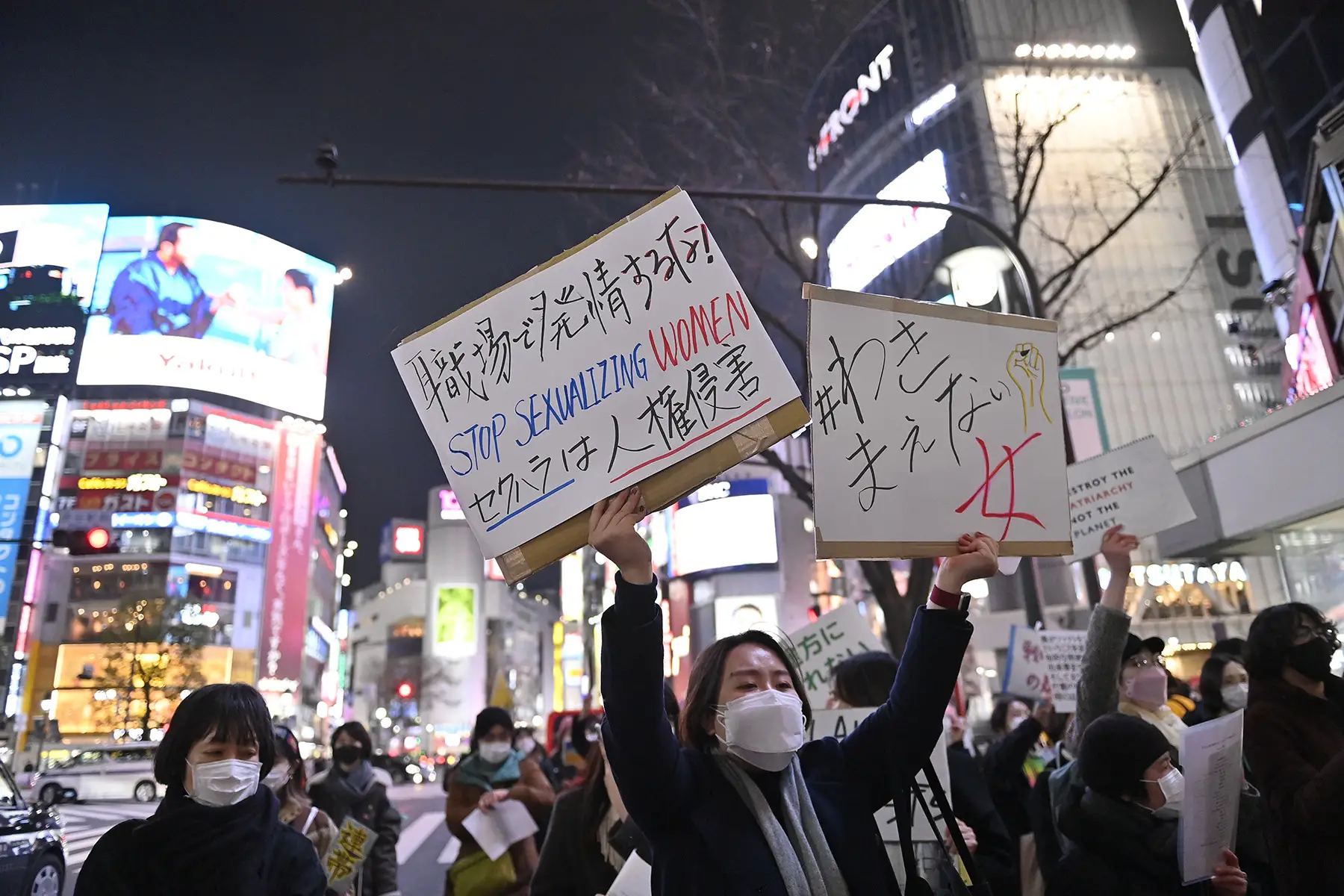
The second wave of feminism which emerged in the late 1960s and early 1970s in Japan was not as big as it was in the West. It was more influenced by radical feminist objectives such as overthrowing patriarchal systems rather than achieving gender equality.
Women’s sexual and reproductive rights were at the forefront of campaigns, as well as challenging Japanese cultural norms of feminine language.
The women’s lib (ウーマン・リブ) group emerged in the 1970s. Popular feminists in Japan at the time included Mitsu Tanaka (田中 美津), Chizuko Ueno (上野 千鶴子), and Misako Enoki (榎 美沙子).
The feminist movement remains strong today in Japan, with recent well-publicized campaigns including #KuToo. Interestingly, older male groups are more supportive of feminism in Japan than younger groups.
One survey found that 78.8% of Japanese men aged 51 to 70 support policies that empower women (compared to 61 to 62% younger age groups) and 31.7% say they hate feminists (compared to 39 to 43% younger groups).
Women’s rights organizations in Japan
Groups offering services and support to women in Japan include:
- For Empowering Women Japan
- Japanese Association of International Women’s Rights (JAIWR)
- Japan Women’s Leadership Initiative (JWLI)
- National Women’s Education Center (NWEC)
- Tomorrow Girls Troop (明日少女隊)
- Women in Music Japan
- Women’s Action Network (WAN) (website in Japanese)
Useful resources
- 1947 Japanese Constitution – details some of the main human rights that protect women in Japan
- Gender Equality Bureau – government body set up to deal with gender inequality in Japan
- UN Women – data on gender inequality in Japan
- Global Gender Gap Report (GGGR) – global rankings and country information on gender gaps in economic, political, and social areas


